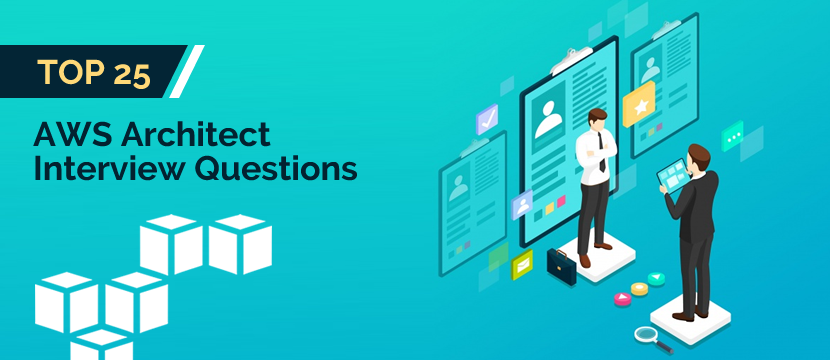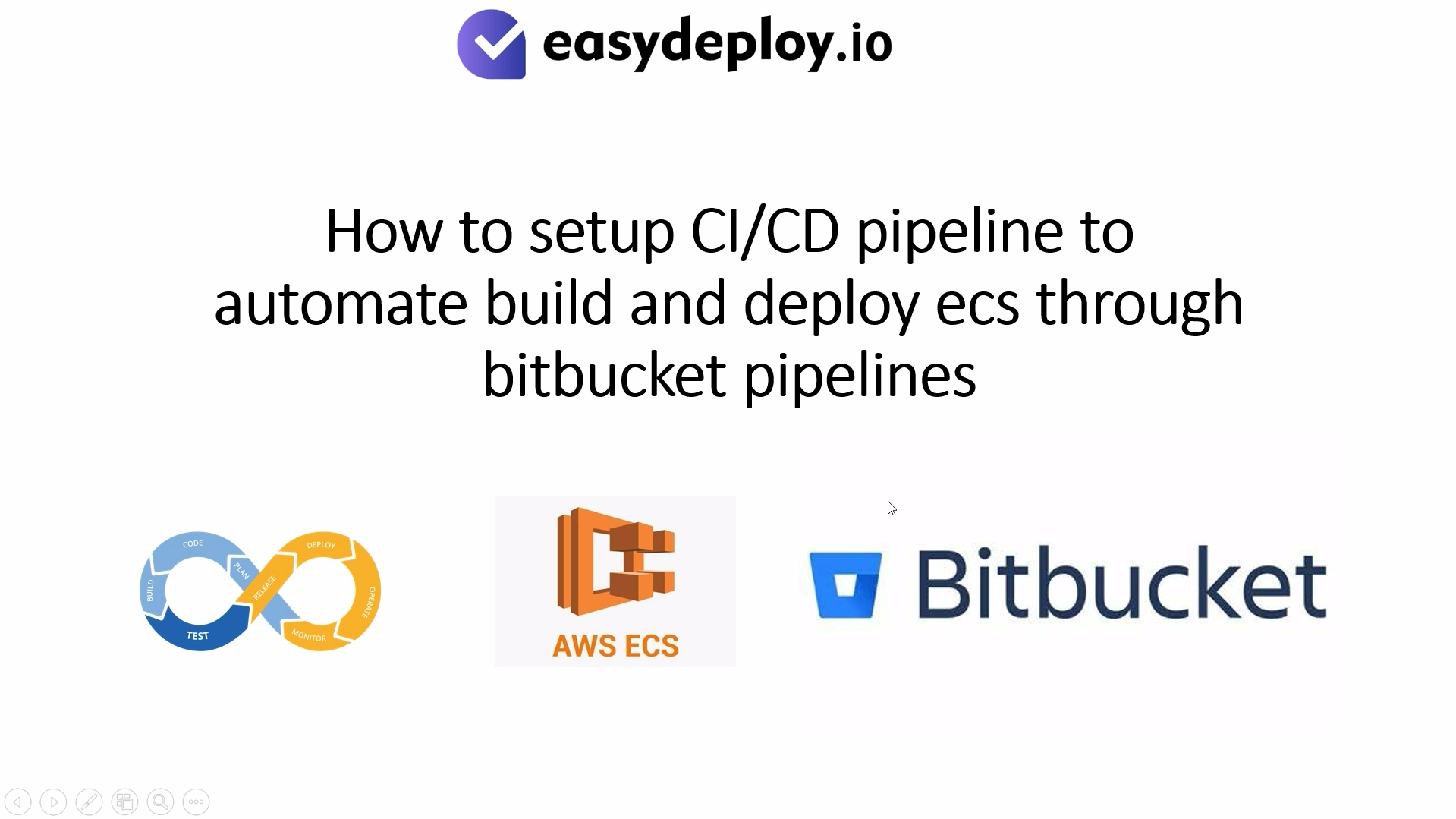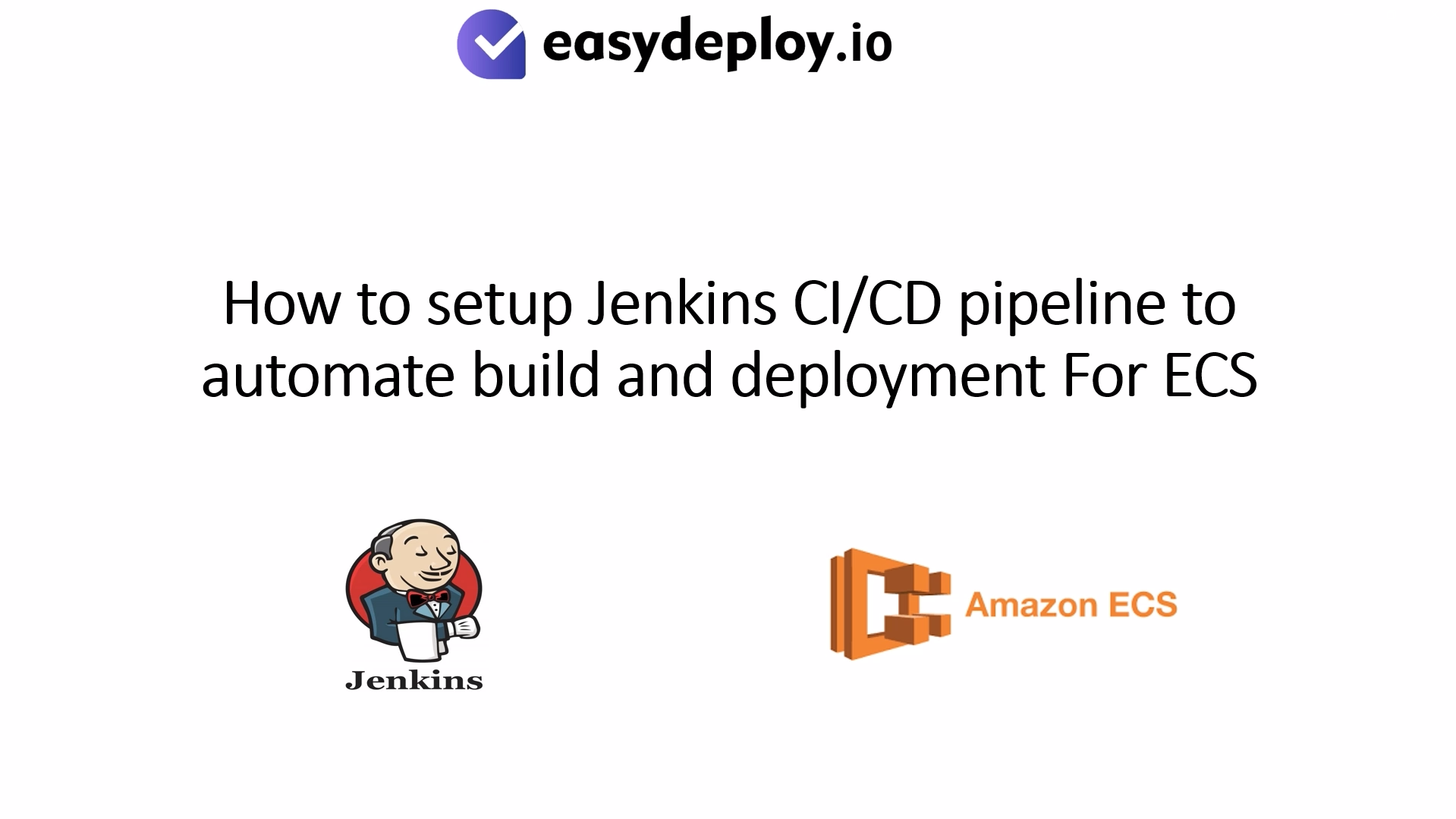AWS offers one of the most esteemed and highest paying positions among IT jobs. AWS architect is such a job role that gives the professionals a reputed position and significant remuneration. An AWS architect is expected to be a component in the major IT forefronts and spends most of his time interacting with the stakeholders, customers, and developers.
An AWS architect forms a partnership with the customers and helps in creating highly scalable and resilient cloud architectures. He tries to understand the customer’s expectations, accesses a portfolio of the applications and designs cloud-native and effective architectures. Based on these skills of AWS architect, during the AWS Architect interview questions, the company verifies whether you possess the ideal traits to transform the enterprise.
Must Read: How to become an AWS Architect?
25 Most Common AWS Architect Interview Questions with Detailed Answers
AWS Architect interview questions also access your experience in this field so that the company can gain maximum benefit from your virtues. Some interview questions are focused on bringing out clarity regarding you and your profession beyond your resume while others assess your personality and traits.
Your approach to offering enterprise solutions, the way you interact with other employees, and the future work environment are also accessed through the AWS Architect interview questions. So, to help you with your AWS Architect interview preparation, here we bring some of the top AWS Architect interview questions and answers.
1. Differentiate between vertical and horizontal scaling in AWS.
Answer: This is one of the most frequently asked AWS Architect interview questions, and you need to answer this with explicit knowledge. The major difference that lies between the two types of scaling- horizontal and vertical is in the manner in which compute resources are added to the infrastructure.
In the case of vertical scaling, additional power is provided to the machine which is already present whereas as far as horizontal scaling is concerned, more resources are applied with regards to the working system along while more networks are attached to the machines. This is done to ensure that there is minimum workload and processing on a single device and the same is divided using several different devices.
2. By default, what is the number of buckets that are possible to be created in AWS?
Answer: The answer to this one of the interesting AWS Architect interview questions can be –
it is possible to create 100 buckets in AWS, by default.
3. Narrate a few major practices exercised for security in Amazon EC2?
Answer: Followings are the major practices exercised for security in Amazon EC2 –
A. One can create distinctive IAM (Identity and Access Management) users, to which unalike credentials are provided. Different permissions are granted after considering the access requests made by the users.
B. It is requisite to protect the Root account of AWS as well as the access keys of the account.
C. Make the EC2 instances tough and strong by removing or disabling redundant services and software. This can be made sure by the installation of only the needed and authenticated applications and services pertaining to the EC2 instances.
D. Grant minimum privileges by providing permissions that can be used to operate on a specific level and run certain operations, and this should not be exceeded. More permission is free to be provided considering the requirements.
E. Explain and review the rules under the security group constantly.
F. A strong password requirement should be necessitated.
G. Instal anti-virus software on the AWS network to prevent Viruses, Trojans, etc. from attacking the network.
4. What aspects will you take into consideration when choosing the availability zone?
Answer: Performance, pricing, latency, and response time are the major parameters that need to be looked after before choosing the availability zone.
5. Suppose, you have created a Route 53 latency record set right from your domain to a system in Singapore and a similar record has been set with a machine in Oregon. When a user located in India visits your domain, to which location will that particular user be routed to?
Answer: While assuming that the application is hosted on Amazon EC2 instance and various instances of the applications have been deployed on different EC2 regions, we can deduce that the request will most probably go to Singapore. This is because Amazon Route 53 is based on latency, and it directs the route of the requests based on the location which has more likelihood of giving a fast response.
6. Tell whether or not you will use encryption for S3.
Answer: This is another complex AWS Architect interview questions which you can answer in one line. Encryption can be used for private and confidential data on S3. This is because if it happens to be proprietary technology.
7. Is it possible to modify the private IP address belonging to an EC2 instance while it is operating in a VPC?
Answer: Primary private IP addresses cannot be altered. Nevertheless, secondary IP addresses can be easily assigned, unassigned or moved between instances.
8. How can you bind the session of the user with the help of a particular instance when it comes to ELB (Elastic Load Balancer)?
Answer: It can be made possible by availing the option of Sticky Session.
With some considerable experience as an AWS architect, you can become an AWS consultant. Here are the best AWS consultant jobs that can take your cloud career to the new heights.
9. What is AMI?
Answer: AMI (Amazon Machine Image) refers to a snapshot of the root file system.
10. How can a request be sent to the software Amazon S3?
Answer: A request can be sent by making use of the REST API. Wrapper libraries like the AWS SDK can also be used which cover Amazon S3 involving REST API.
11. What are the few connection problems and disturbances you can face when you are connected to an EC2 instance?
Answer: Here are the few connection problems and disturbances you can face when you are connected to an EC2 instance:
A. secured key file without any protection
B.refused key of the server
C.Timing out of the connection
D.When no protected and backed-up method of authentication is available
E.when no host key can be found, and the permission is denied.
F.when the user key cannot be identified through the server, and the permission is denied.
12. What happens when you launch instances in relation to Amazon VPC?
Answer: Each instance holds an individual default IP address when the instance is launched in the software of Amazon VPC. The mentioned policy is regarded as optimum when the cloud resources are required to be connected to the data centers.
13. Is it possible to operate more than two websites when using an EC2 server while making use of a single, distinctive IP address only?
Answer: More than a single IP, which is elastic, is needed to operate a number of websites using the EC2 instance.
14. What do you mean by auto-scaling?
Answer: Auto-scaling is an attribute of AWS which permits you to configure and automatically provide and spin-up new instances without any need for your intercession.
15. How is stopping and terminating an instance different from each other?
Answer: Starting of an instance, stopping of an instance and terminating of the instance are three different aspects when it comes to EC2 instance.
Stopping of an instance and its starting: in the situation of an instance being stopped and its functions halted, the normal shutdown is carried out, and transitions are made to a state of being on a stopped mode. The Amazon EBS volumes in totality stay attached, and the instance can be later started after some time. No charges for the extra hours have to bear when the instance in the stopped stage.
Terminating of an instance: in the situation of an instance being terminated or expired, after performing of a simple and normal shutdown, the volumes of Amazon EBS are removed unless deleteOnTermination feature of the volume has been adjusted to false. It leads to the deleting and removal of the instance per se, and the instance can be started after some time.
16. Name a few types of cloud services.
Answer: The types of cloud services include Software as a Service (SaaS), Data as a Service (DaaS), Platform as a Service (PaaS), and Infrastructure as a Service (IaaS).
An AWS Architect can earn a significant amount in AWS consulting whether he chooses a full-time job or freelancing one. Check how much can an AWS consulting freelancer earn on an hourly basis?
17. How can the attribute to control the working of the processor state, provided on the c4.8xlarge instance, be used?
Answer: The feature of processor state can be switched to 2 states, they are:
The C state also called the sleep state, which ranges from the level of c0 to the level of c6. C6 is the most intense sleep state that a processor can endure.
The Performance state called P state, where p0 is the highest level, and p15 stands as the lowest level of frequency that can be possible.
Processors possess cores which require thermal headroom in order to escalate their performance. It is thus, necessary to keep them at an ideal stage so that highest performance can be extracted out of them.
In case a core has been put to the sleeping state, it is bound to decrease the total temperature experienced by the processor; this eventually helps the other cores perform better. Thus, the same way can be applied for other cores by adjusting and arranging their timely sleeping state, which helps to give a push to the performance of all the cores.
Hence, the C state, as well as the P state, is easily adjustable using some features available through EC2 instances. An example of these features is the c4.8xlarge instance, which eventually helps you to control the processor considering your workload.
18. What are the reasons for making subnets?
Answer: Followings are the reasons for making subnets:
A. It could be due to a shortage of networks.
B. They help to make proper and ideal use of networks which possess a high number of hosts.
C. To tackle the deficiency created by the shortage of hosts.
D. To make complete use of networks which embrace less no. of hosts.
Hence, it helps to handle as well as manage a large number of hosts effectively to make this strenuous task simpler.
19. Define SimpleDB.
Answer: It is a properly structured data store which handles the process of indexing as well as data queries directed to EC2 and S3.
20. If I’m using Amazon CloudFront, can I make use of Direct Connect in order to transfer objects from my own data center?
Answer: Yes. Amazon CloudFront handles the usage of custom origins. This includes the origins which are from outside of AWS. Data transfers rates have to be borne, which are on the basis of the data transferred.
21. What do you mean by Amazon S3?
Answer: Amazon S3 (Simple Storage Service) simply objects storage which supports a structured web service interface that helps to store and revive any amount of data loss and stored anywhere on the web.
22. State the types for instances which have the Multi AZ-deployments as an available option.
Answer: The Multi-AZ deployments are ideally provided for all the instances without any consideration of the types and use they embrace.
23. State the approach that prohibits access by any third-party software in Storage Service to S3 bucket named “Company Backup”?
Answer: It is a policy named as custom IAM user policy, and it restricts access to the S3 API in the bucket.
24. Name the method that should be used if data has to be transferred to quite a long-distance?
Answer: Amazon Transfer Acceleration is the most ideal alternative. Other alternatives like Snowball do not handle the movement of data on a long-distance basis, considering movement across continents. Amazon Transfer Acceleration is worth considering as it handles the regulation of the data using different network channels which can be customized and adjusted, ensuring high-speed data transfer.
25. Can one operate several DB using Amazon RDS without incurring any charges?
Answer: This is one of the difficult AWS Architect interview questions, and you need to answer this with the utmost care. To answer this, you can say. Yes, DB can be run free of any sort of charges. But, there is set a fixed upper limit standing at 750 hours about the usage by the web user following which all the operation will be charged depending on the RDS prices. The charges have to be borne solely for the additional hours exceeding the limit of 750.
Also Read: How to Setup RDS Autoscaling in AWS?
Final Words
So, above are the AWS Architect interview questions that the candidates must take under observation before appearing for the interview. Apart from these, there are few tips that you must keep in mind to clear out the interview. Give explanatory answers rather than saying Yes/No. This shows that you have a hold over the concept and shows that you are fully prepared to interact with the interviewer in the best manner.
Remember that the trick of the interviewer at most times will be to reveal your behavior in a specific situation. Few companies also develop a business case to have an idea whether you’re an ideal candidate to fill the position of AWS Solution Architect in their company or not.
So don’t feel nervous, give your best, and clear out your interview with flying colors.










